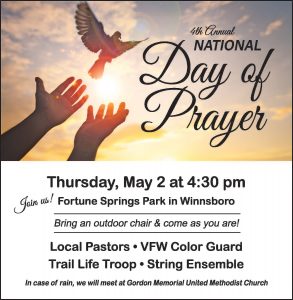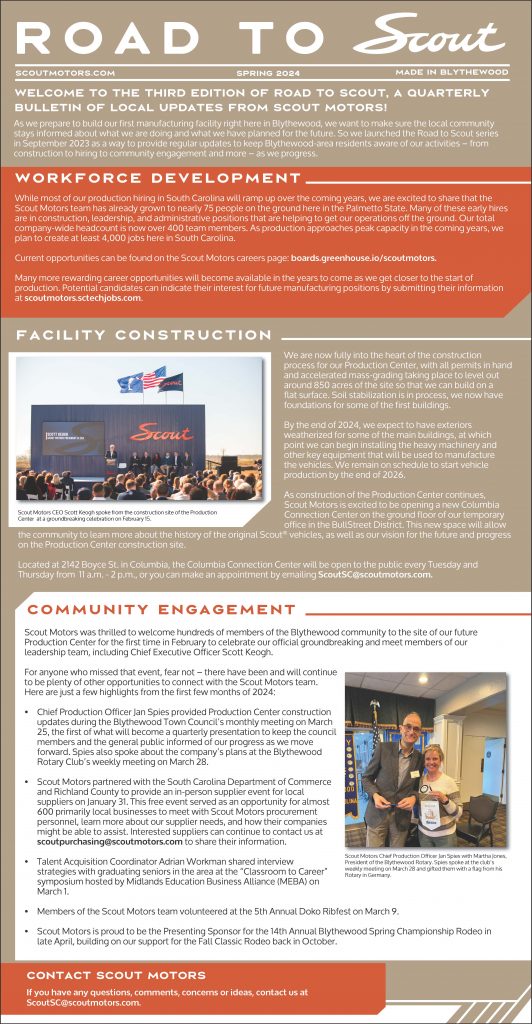
Nothing says ‘Old South’ quite like an Antebellum cemetery, like the one located at the Church of the Holy Cross in Santee, near Sumter, where you’ll find the gravesite of the man who brought South Carolina the Poinsettia.
There’s an old road that makes for a great Sunday drive, SC Highway 261. You’ll see historic sites; feel you are in the mountains, yet feel you are at the coast. More than that, you’ll come across the ghosts of history. Best of all, it’s about an hour’s drive southeast. An historical marker greets travelers, reading, “Over it came Indians, pack animals laden with hides, drovers, rolled hogsheads of produce, wagoners, and stagecoaches. The armies of two wars passed over it.” Some called it the King’s Highway.
Highway 261 winds through the High Hills of Santee. This area is rural, isolated and heartbreakingly antebellum. The land plunges, opening up vistas of distant ridges. You think at once of the mountains. It’s a curious sight to see Spanish moss in the mountains, but Highway 261 gives you massive oaks with limbs draped in Spanish moss.
You’ll find enough history here to fill several good-sized books. For starters, there’s the Church of the Holy Cross. This stately old church was built from 1850 to 1852 of rammed earth. In its old cemetery lies Joel Roberts Poinsett, the man who brought us the poinsettia. A ways down the road, off the beaten path, you’ll come across the grave of General Thomas Sumter, the “Carolina Gamecock.” He earned his nickname when he killed British soldiers for burning down his house.
Those of you who recall Ken Burn’s Civil War documentary will recognize the name Mary Boykin Chestnut. She grew up in Stateburg, a stone’s throw from Highway 261. Chestnut published her Civil War diary as a “vivid picture of a society in the throes of its life-and-death struggle.”
Along Highway 261 you’ll find the hamlet of Boykin Mill Pond and its quaint old sanctuary, the Swift Creek Church. In May 1860, approximately 75 young people met at Boykin Mill Pond to picnic right near the church. Late that afternoon, 30 or more crowded onto a flatboat, overturning it. Close to 25 young people drowned, mostly women. You’ll find an old mill here, too. Boykin Mill and its 100-year-old turbines have long preserved a time when mills provided communities cornmeal, grits and flour. A few steps away is the Broom Place, where Susan Simpson makes sturdy, colorful brooms the old-fashioned way.
As you drive along, the winding oak-shaded lane summons up images of a horse and buggy with men in powdered wigs and women in colonial attire. Then visualize a regiment of Confederates marching down the road, the dust rising around their feet. Imagine Mary Boykin Chestnut seeing the men and reaching for her diary as all, one by one, vanish into the eternal mists we call history. You’ve rediscovered the Old South and it’s just a short drive away.
Learn more about Tom Poland, a southern writer, and his work at www.tompoland.net. Email day-trip ideas to him at [email protected].












